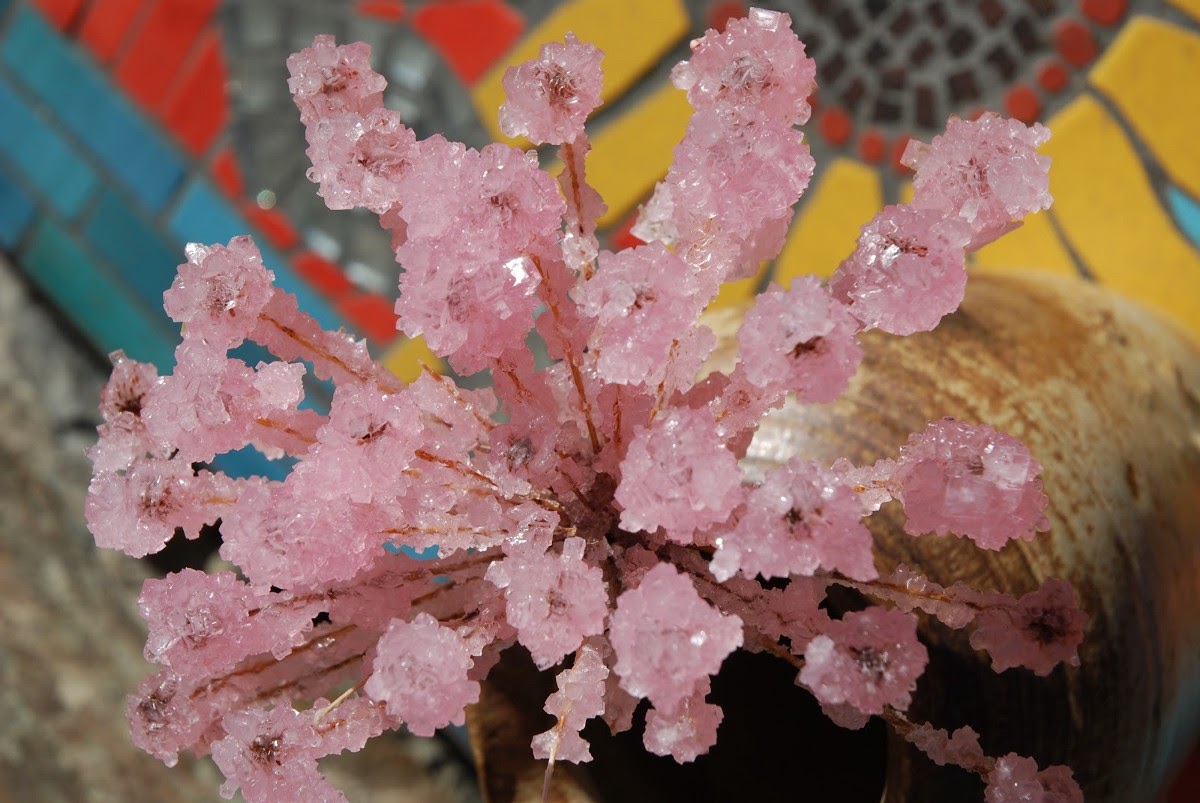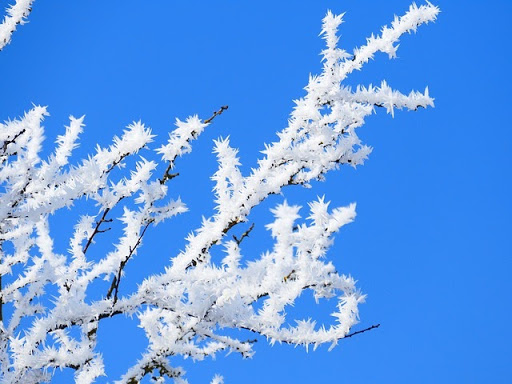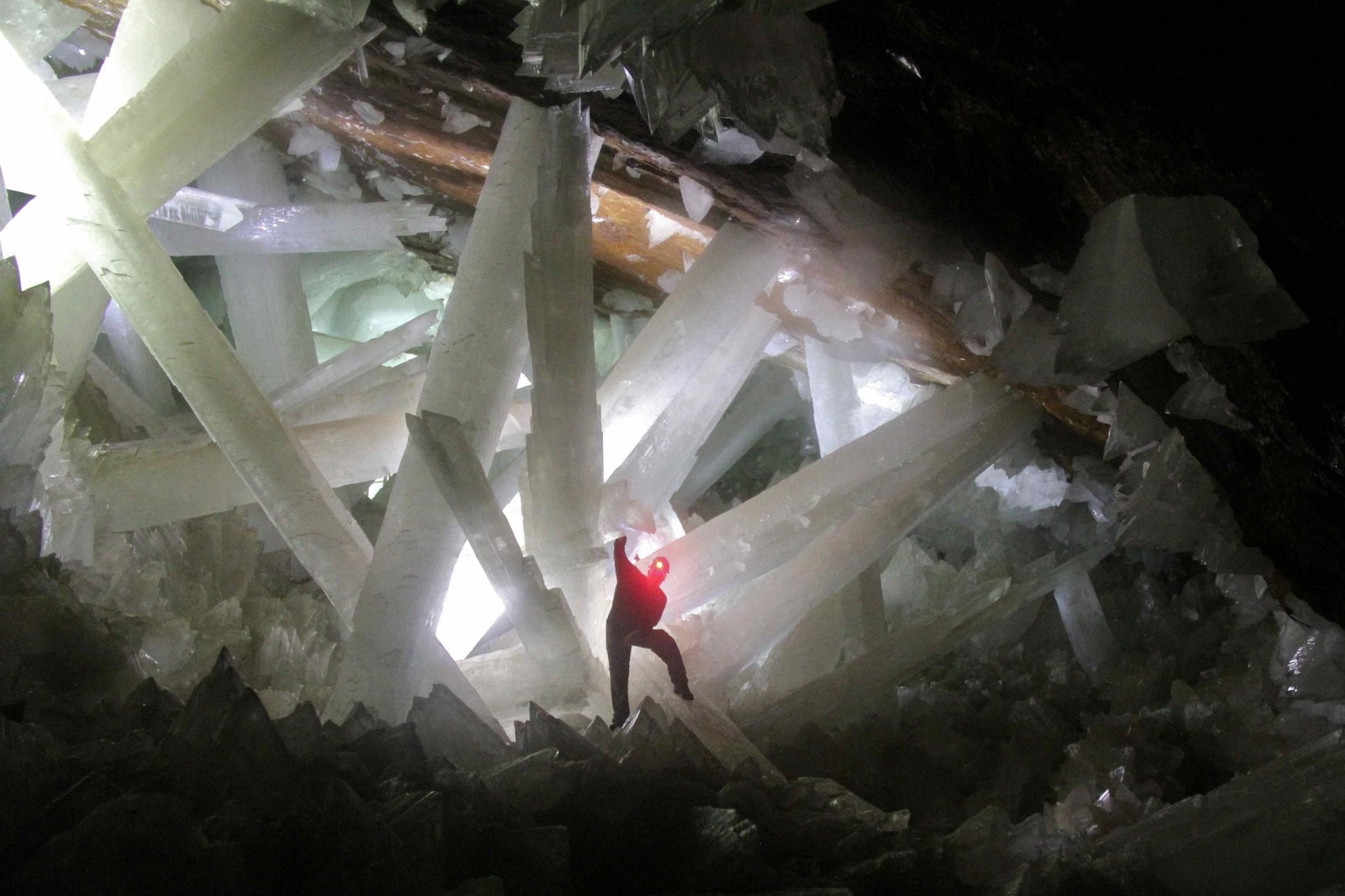4, Crystallisation
Making crystals
Parental or teacher guidance is essential. This experiment uses boiling water which can scold badly.
We’re going to start making crystals with gypsum or epsom salts.
Why?
Well it’s easier to get a good result. Mind you, it takes a few days (even more with sugar). If you have two jars of the right size you can try with both sugar and gypsum or epsom salts.
You should be able to order epson salts online or get it from your local pharmacy.
Whatever you choose, with some patience and practice you can get amazing results.

This is a sugar crystal flower I made with my girls. It took 3 attempts and about 10 days.
Beware boiling sugar syrup!
I'll say this a few times. You'll be boiling water which will scold badly if you get it on you (water boils at 100c or 212f). Sugar syrup boils at around 180c or 356f. I.e. It scolds much worse than water.
Make sure there's an adult with you if you wish to do this. Don't take any risks.
Making crystals with epsom salts.
No matter what you make, use to least amount of water (solvent) as possible. I.e. Try to use the smallest container that works for your branch or scaffold.
Also get things super clean. You'll get a much better result. Use distilled water if you can, filtered otherwise. Tap will work but has more impurities around which crystals will start to form.
If you’re using gypsum or epsom salts the water doesn’t have to be too hot, certainly not boiling. Add the salts and stir until it dissolves. Normally you use 3 parts salts to 2 parts water, i.e. if you have 500ml of water you need to add 750g of salts to make a saturated solution. This is why we strive to use the least solvent possible.
Keep adding salts until no more dissolves (you’ll see granules at the bottom of the container once it’s saturated).
Take a branch (a small interesting one) and suspend it in the container by a string for several days. It should not touch the sides or bottom if possible.
If you’re really stuck and you can’t find a twig, you can simply suspend the string . In fact you can simply let the water evaporate and you’ll get a nice crystal. See the video below
If crystals form on the sides of the jar, take the scaffold gently out then heat the mixture till the crystals on the side dissolve. Reinsert the flower.
NOTE: Again, it’s really important you are careful when heating liquids. Ask your parents to help.
Directions using sugar (requires adult assistance)
With sugar it’s a little different. We want to bring the water to a gentle boil and add sugar. Boiling water is dangerous and can seriously scold so you must ask for help here. Adding sugar increases the boiling point making it more dangerous.
Bring the water to the boil and pour in about 2 times as much sugar, i.e. if you have 500ml of water you need to add 1kg of sugar. The solution must be fully saturated, and you know when you’ve achieved that because no more sugar will dissolve into the water. Here's a great video:
The final optional step is to strain the hot sugar solution through a coffee filter to remove any impurities.
IMPORTANT NOTE: making a sugar flower (like above) is hard. With three attempts we got one really good result. We did get lots of crystals however so don't be discouraged if it doesn't work immediately. Science does require patience and repetition.
Hint: Take your branch and dip it in the sugar solution or water, let the excess drip off, then sprinkle a little normal sugar over it so it’s covered in a light layer of sugar crystals. This forms a base layer for the sugar crystals to grow on. I’ve found doing this gives better results if you're trying to make a large flower.
Now sugar is tricky, as the water cools & evaporates, you’ll get crystals on the top, bottom and sides of the container, so your twig may become stuck. Filtering the sugar solution in the first place will help limit this.
If this happens too much you’ll need to heat it again by sitting it in a container of near boiling water (called a bain-marie) until it loosens, then remove the twig. Boil the sugar solution till it’s goopy again, and try again.
If after a week, no crystals are forming, then you need to heat the liquid again and add more sugar.
Crystals take patience but the results can be wonderful. The best thing is to set it up, leave it somewhere dust free and forget it for a week. And don't forget there are lots of helpful resources online and I bet your mum or science teacher knows a trick or two.
What’s happening?
The liquid is "saturated", which means it can’t have any more substance (sugar or salts) dissolved in it. The amount of substance that we can dissolve in a liquid increases with temperature.
So, we heat the water. This means more salts can dissolve before it's saturated.
Then, as the liquid cools or evaporates the substance or solute (sugar or epsom salts in this case) in the liquid has to come out and forms a solid.
This process is generically called precipitation however, if the solid precipitates as a crystal, it’s called crystallization.
On the molecular level, the water causes the individual ions to break apart from the salt or sugar crystal and enter the solution, where they remain hydrated by water molecules.
Crystals prefer to form on something, and our branch is the perfect thing, so the crystals precipitate out of the liquid onto the branch.
What are crystals?
Crystals are a special kind of solid material where the molecules fit together in a repeating pattern. This pattern causes the material to form all sorts of unique, more regular, shapes.
Crystals often form in nature when liquids cool and start to harden. Certain molecules in the liquid gather together as they attempt to become stable. They do this in a uniform and repeating pattern that forms the crystal.
In nature, crystals can form when liquid rock, called magma, cools. If it cools slowly, then crystals may form. Many valuable crystals such as diamonds, rubies, and emeralds form this way. Another way crystals form is when water evaporates from a mixture. Salt crystals often form as salt water evaporates.
What unique properties do crystals have? Crystals can have very flat surfaces called facets. They can form geometric shapes such as triangles, rectangles, and squares. The shapes are a direct result of the type of molecules and atoms that make up the crystal.
Smaller crystals and larger crystals that were formed of the same molecules and in the same method should have similar shapes. There are seven basic crystal shapes, also called lattices. They are Cubic, Trigonal, Triclinic, Orthorhombic, Hexagonal, Tetragonal, and Monoclinic. There's a great video on crystals here:
Interesting Types of Crystals
Snowflakes : Snowflakes are ice crystals that are formed high in the clouds when water freezes. They always have six sides or arms, but every one of them is unique.
In fact water can freeze into lovely crystals. Check out the crystals forming on this branch at the beginning of winter.

Timing crystals — When an electric current is sent through some crystals they vibrate at a very precise frequency. Quartz crystals are used in watches and other electronics to keep an accurate time.
Quartz — Quartz is a common mineral and crystal. It is one of the hardest common minerals. The gemstone amethyst is a purple type of quartz.
Diamonds — Diamonds are one of the most valuable minerals on Earth. Not only for jewellery, but diamond is also the hardest substance on earth and is used for special tools such as diamond saws. Diamond is a form of the element carbon.
Fun facts About Crystals:
Crystallography is the science of studying crystals and how they form. Some crystals, like diamonds, are really just one giant molecule made from lots of atoms of a single element. A lot of computer screens use liquid crystals for their display.
Crystals are very popular in jewellery because they can sparkle and come in many different colours. Some living organisms are able to produce crystals.
Read more at: ducksters
Crystals can be huge:

Questions;
What is recrystallisation?
What is solution equilibrium?